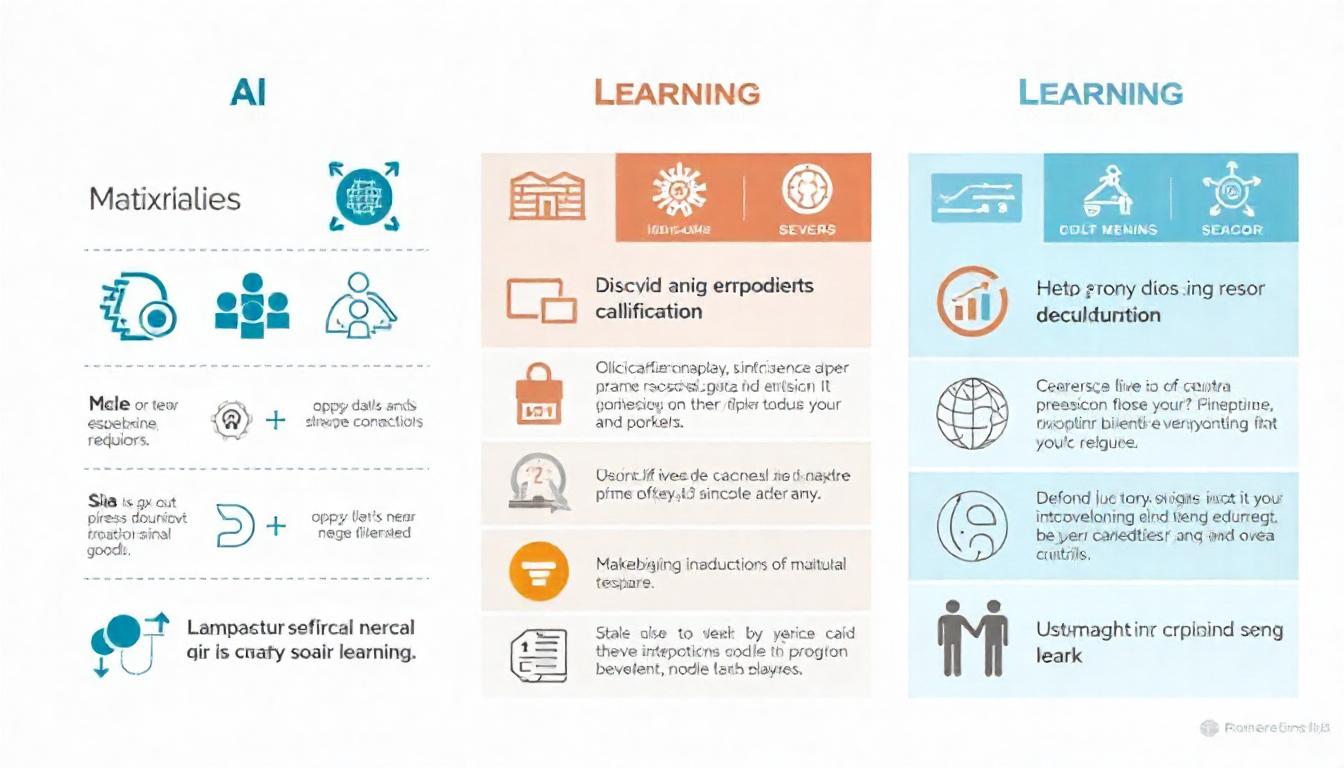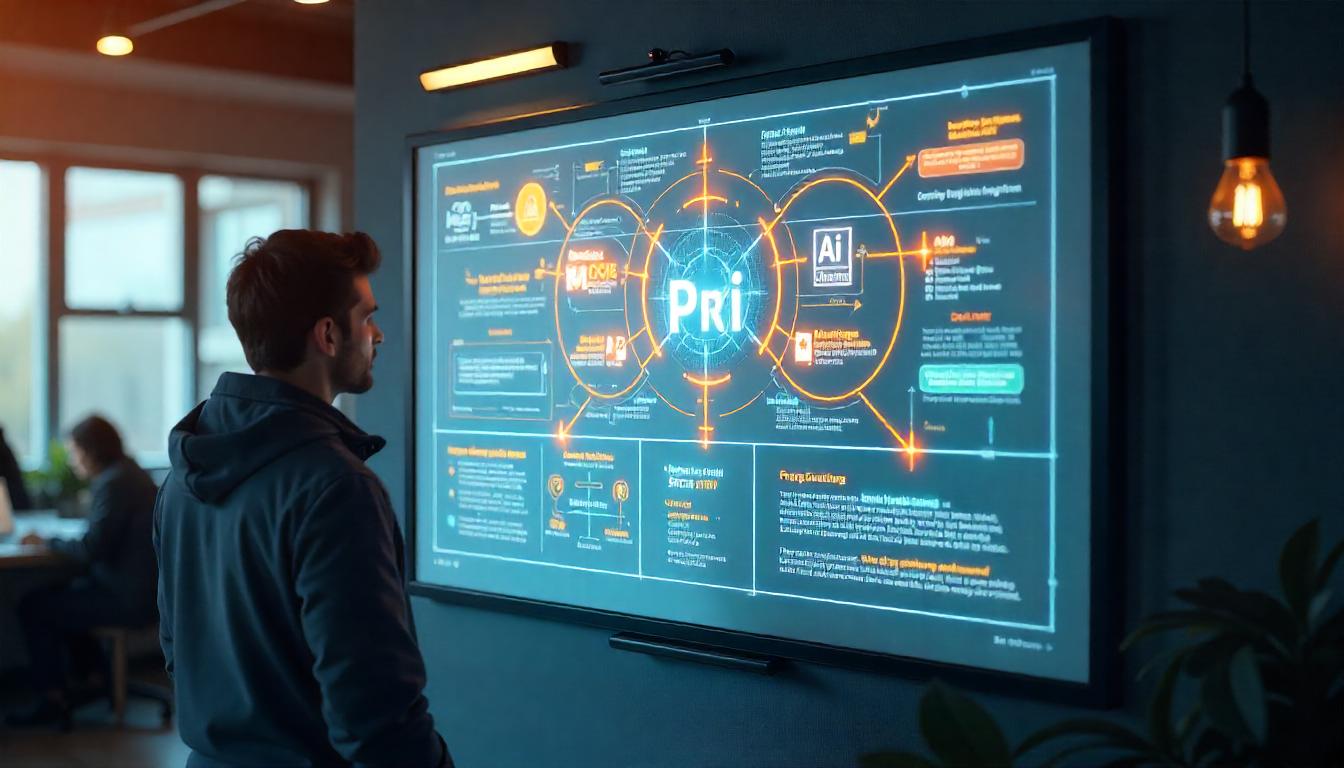Artificial Intelligence (AI) has become one of the most talked-about technologies in the modern world, reshaping industries and touching almost every part of our lives. However, terms like AI, machine learning, and deep learning often get used as if they mean the same thing—which they don’t. Let’s explore how these fascinating technologies are connected yet distinct.
What Is Artificial Intelligence?
Artificial Intelligence (AI) is the broadest concept among the three. It refers to any technology that allows computers to mimic human intelligence. This includes things like:
- Understanding spoken or written language
- Recognizing objects, faces, or scenes in images and videos
- Solving problems or making decisions
- Adapting to new situations based on experience
Not every AI system learns on its own. Earlier AI systems were driven by fixed rules—sets of instructions that told a machine exactly what to do. Today, though, much of AI relies on systems that learn and adapt, which leads us to machine learning.
What Is Machine Learning?
Machine Learning (ML) is a subset of AI that focuses on enabling systems to learn from data without being explicitly programmed for every scenario. Rather than coding countless rules, engineers provide the machine with large datasets. From this data, the system finds patterns and learns how to make predictions or decisions.
Examples of machine learning in action include:
- Spam filters that detect unwanted emails
- Streaming services recommending shows or movies
- Credit scoring systems assessing financial risk
Machine learning systems improve the more data they process. For example, the more spam emails a system analyzes, the better it becomes at spotting suspicious messages.
What Is Deep Learning?
Deep Learning is a specialized area within machine learning. It uses artificial neural networks—digital models inspired by how the human brain works—to analyze and interpret complex data. These networks consist of many layers, which is why it’s called “deep.”
Deep learning powers some of the most advanced AI applications, including:
- Virtual assistants that understand spoken commands
- Facial recognition systems
- Autonomous vehicles navigating roads safely
- Apps translating text between languages in real time
Deep learning typically requires vast amounts of data and significant computing resources, which is why it has flourished only in the past decade as technology has advanced.
How They’re Connected
Here’s a simple way to remember the relationship:
AI is the overall field. Machine Learning is one way of achieving AI. Deep Learning is an advanced approach within Machine Learning.
Think of it like this:
- AI is the entire world of intelligent technology.
- Machine Learning is a country within that world where systems learn from data.
- Deep Learning is a high-tech city within that country, using neural networks to solve complex challenges.
A Real-World Example
Imagine an app that identifies your friends in photos:
- The AI part is the overall goal: facial recognition.
- The Machine Learning part involves training the system with thousands of labeled photos so it learns who your friends are.
- The Deep Learning part uses layered neural networks to analyze facial features for even greater accuracy.
Why Knowing the Difference Matters
Understanding how AI, machine learning, and deep learning differ helps you better navigate the rapidly changing world of technology. Whether you’re following tech news, considering AI for your business, or just satisfying your curiosity, knowing these differences gives you a clearer picture of how these tools work and why they matter.
Final Thoughts
Although people often use AI, machine learning, and deep learning interchangeably, they represent different levels within the world of intelligent systems. From simple rule-based programs to complex neural networks, these technologies are redefining what’s possible—and we’re only at the beginning of the journey.
Keep following our blog for more insights into AI, the latest tech developments, and how innovation is shaping the future!





